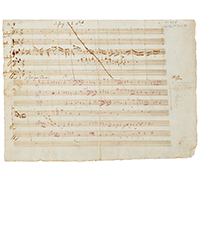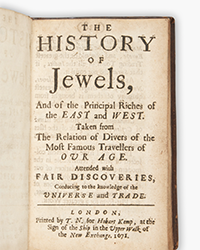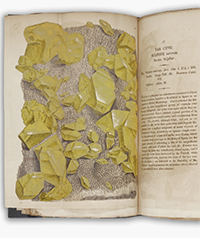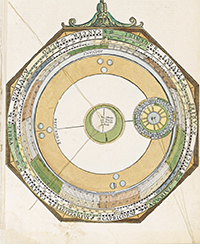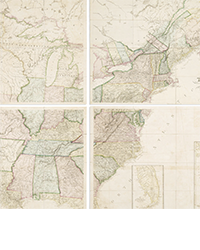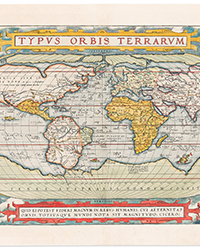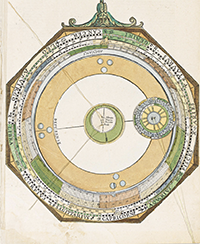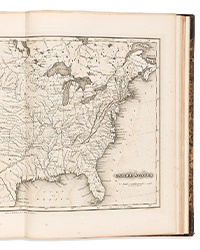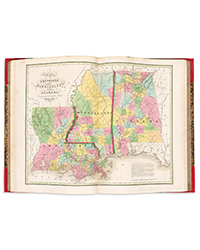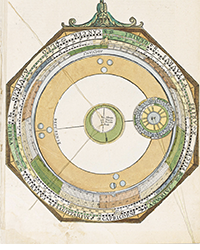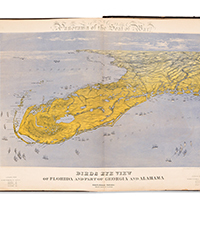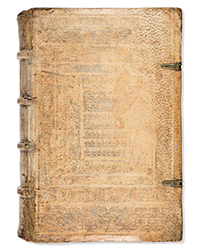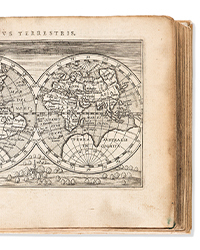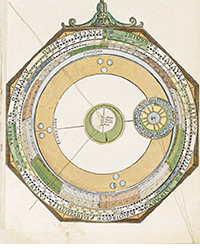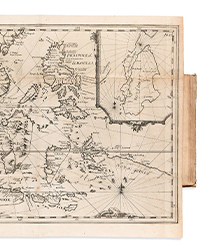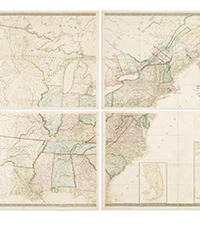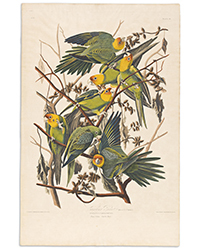Nu? Can you still make money in this business? Funny you should ask, I was wondering the same thing myself. My parents were in the book business for over 60 years (1946-2008). I followed them into the trade on my own in 1979 and am still active in 2020. Here is some personal advice about selling books – most of it was handed down to me by my folks and some of it I picked up on my own. Very little of it has anything to do with computers.
To those of you without a century in the trade under your belt, think of it as ancient bookish lore that served us well in the past. Even now, you’d be surprised how much still holds true.
1. What you pay for something has nothing to do with what it is worth.
Zero, Nada, Zip! THIS IS THE MAIN RULE. Engrave it on your brain. In the past some people have expressed indignation that a dealer would ask top dollar for merchandise acquired for pennies, rescued from the “free” box or scavenged from the dumpster. Or perish the thought purchased at auction and marked up. (Imagine that!)
But my dad's first rule was there is absolutely no relationship between the buying price and the selling price. Once it's yours,YOU assign the value. The more you know the more you see, the more you touch the more likely it is you'll find bargains and the better your margins will be.
Don’t confuse what you paid for it with what it’s worth, and don’t let anyone tell you differently.
2. DON’T FALL IN LOVE WITH THE MERCHANDISE.
This piece of invaluable bookish wisdom came to me from the lips of Isadore Berkelouw Sr., the noted Australian bookseller and I’ve never forgotten it. How right he was.
There are books you have because you like them. These are your personal books. And all the rest is inventory. The function of inventory is to go out the door, and preferably rapidly and at a profit. Remember this and don’t confuse one with the other and you will prosper.
3. TOUCH IT
It's easy to fool your eyes, but it's hard to fool your fingers. In the centuries of printing, papermaking and binding there have been many attractive reproductions and facsimiles. It's hard to spot them visually, but you can almost always tell by touch. The difference between a wood pulp and a rag paper is obvious to your fingers, same with letterpress vs. offset. So feel it, touch it, smell it -- all these are better indicators of how old or genuine something is than appearance.
4. If it was considered beautiful once, it will be considered beautiful again.
I learned this at my father’s knee. This means taste goes in cycles. For the longest time you couldn't give away Elbert Hubbard's Roycroft publications. His entire output bound in limp leather was considered the drek of all drek. Now it’s back in style and the last time I looked there was still a market for the Sage of East Aurora, NY. So when you find something odd don’t ask: “Is it coming back?” Of course it’s coming back, the real question is: When and do I have the time and space to wait?
5. Invest in 19th century America
My dad thought the 19th century was the great undervalued era. So much happened, so much was invented, discovered and explored especially by Americans from 1800-1899 that it would be impossible to list it all. But during the 20th century (and to a certain extent even today), most of the snootier dealers thought the 19th century, especially the late 19th century, was worthless. True, there is an awful lot of junk there, but there is also some spectacular and wonderful stuff and much of this period is still comparatively inexpensive.
6. If it’s NON FICTION – condition doesn't count.
What counts is: Is it all there or mostly all there? The wisdom of my father goes counter to the prevailing mantra which says “Condition is All,” and God forbid there should even be the slightest nick to the dust jacket or chip off the spine.
My dad was an expert in buying good books in bad condition: sometimes falling apart, sometimes without covers, scribbled or stained or wormed, often with the discard stamps of long defunct libraries. I assure you in the fullness of time those defects became a lot less important -- especially if the books had wonderful maps or plates or pioneering science, anthropology, or exploration, all highlights of the 19th century.
My father taught me: If it’s the real deal, if there aren’t a lot of other ones around, then your ratty copy is better than no copy at all and don’t let anyone tell you differently. Your job is to describe it well, extol its virtues and price it accordingly.
7. Tell the story.
Most standard descriptions tell me everything about a book except the reasons WHY??? I would want to own it. One handy short phrase that fits neatly into most blurbs is “Notable because…..” The seller’s job is to tell the story, to tell it economically, to tell it in a way that creates desire and most importantly, tell it so that your copy, no matter how banged up, cocked and wobbly stands out from the others. And for goodness sake, if you think it’s a good book make it a good story.
8. Breaking
My dad wasn't big on breaking books but he did think there was a difference between ripping the plates out of a book or magazine and taking them apart carefully and saving the sections so they could be offered to a wide variety of people with different tastes and interests.
So while you might not yearn for bound volumes of Appletons or Harpers or similar periodicals you might very well want that one page with the ad for Darwin's Origin of Species, or the color plates by Maxfield Parrish, or the first appearances of those short stories by Joseph Conrad.
Before you wring your hands over the evil book breakers just remember that most of the older books really started life unbound – text and plates were printed on separate presses by different methods and only came together at the bindery.
I wouldn't advise taking everything apart, but there are definitely some instances you are doing yourself, the book and the collecting public a favor by taking it carefully apart. Please notice the word CAREFULLY. Please hold the flames, I know that not everyone thinks this way.
9. EPHEMERA holds its value better than books.
Some of you aren't sure what ephemera is or why it’s going up in value while many books are going down.
Ephemera is the broad category that covers odd bits of paper that were once common and are now often hard to find. Ephemera is usually a good deal less common than books, mostly because a lot of it was not intended to last. Ephemera can be ads, posters, broadsides, handbills, labels, photos, documents, catalogs or any other similar things.
Ephemera is a counterpoint to books, it can highlight meaning and add context. A book collection that includes ephemera is 99 times out of a 100 more valuable than a collection of just books alone. Don’t turn your nose up at ephemera, and if you happen to have ephemera that enhances material you have in stock, be sure to offer them together.
10. Learn your printing processes, inks and papers.
It is impossible to know everything there is to know about books, prints, maps, photos, and ephemera, but you can easily get a pretty solid grip on the different printing processes used in the last 600 years from the woodblock through metal, stone, photo offset to the present digital formats and print-on-demand.
The better you understand the look and FEEL of each of these techniques the better you will be able to judge the age of and authenticity of the many things that will pass through your hands.
There are many important scholarly books on this topic, but one of the easiest and least expensive is “The History of Printmaking” which is part of the Scholastic Voyages of Discovery series. It’s written for a middle school age reader. It starts with cuneiform writing and goes right on through to the computer age. It is a short, sturdy profusely illustrated and it’s printed on pages that seem to be made of some plastic-like substance - so it’s virtually indestructible. It will answer most of your basic questions about almost all the more common printing techniques. There are many copies available priced 99 cents to about $7. It’s a useful reference for any bookseller or anyone teaching the basics of the graphic arts.
11. When to cut the price and when to raise the price.
My parents were known to lower the price when the person on the other end of the transaction really wanted/needed and would provide a good home for the book(s) in question. They would also sometimes lower the price when people bought many volumes as a lot, or when the book(s) in question had major defects. They offered discounts to the trade and they often paid a referral fee if a customer or colleague helped them make a sale.
They rarely cut the price if things didn't sell. That's because my dad was pretty good at spotting value. His talent was to know what was coming next, so often he bought early, well and ahead of a trend. He assumed that eventually value would find a market and most of the time he was right.
They also didn't lower the price for people who haggled too much. A little bit of haggling is good; it shows interest, spirit and it’s part of the Gestalt of the occupation. A lot of haggling is a turn off. When people haggle too much it’s time to walk away.
Both my mother and father believed that sometimes books were overlooked because they were priced too low. Or to paraphrase a certain First Lady, “When they go low, we go high.” For things you’ve had for a very long time and have priced as low as you can possibly go, may I suggest raising the price, sometimes steeply, and more often than not those books will go out the door. It also helps to rewrite the description and reshoot the photos.
12. Move it to sell it.
Having a slow week? Sales down? Start rearranging your shelves. Start moving your piles. Take what was on the bottom and put it on the top. Take what was in the front and put it in the back.
You might have 10,000 books or 100 but the truth is you can only give your real attention to a few at a time.
If your sales are slow it’s almost always a sign that you have let your stock sit too long. Books respond to being touched, opened and moved.
If you’re an interior decorator and you want a shelf of matched red leather bindings then you can leave your books in one place forever. If you’re a bookseller and you want to make a living, keep moving them around. The more you physically move them the better they will sell.
Some tips from the 21 Century
Everything in the prior list is wisdom accumulated in the 20th century, here are two more recent thoughts from the digital age.
13. You can learn anything on YouTube
If like me you are not a digital native and came to your (limited) computer skills late in life you’ll find that there’s almost nothing you can’t figure out with the help of a YouTube video (or many YouTube videos.) There are videos for virtually every tech related problem a bookseller may encounter. Some of the more basic tutorials are aimed at the young learner, so they’re simple enough for the older learner to understand and benefit. When in doubt go to YouTube.
14. Google Docs (and the whole Google suite) is easy, useful and free.
Google Docs is useful, it’s not hard to learn and it’s free. After 22 years selling on eBay I left that platform last month. Google Docs is my new best friend. Only a dozen or so YouTube videos later I can find my way around in it, can create simple illustrated catalogs rapidly, and can generate links that are shareable, editable and easy to update. I still don’t have a website (though I might soon) but with Google docs I can make custom graphically appealing sales material with no cost other than my time and an end result that lives permanently in the cloud.
Reach Susan Halas at wailukusue@gmail.com

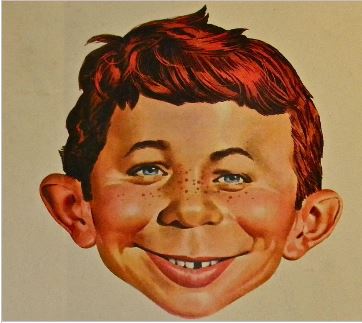

![<b>Scandinavian Art & Rare Books Auctions, Dec. 4:</b> ROALD AMUNDSEN: «Sydpolen» [ The South Pole] 1912. First edition in jackets and publisher's slip case. <b>Scandinavian Art & Rare Books Auctions, Dec. 4:</b> ROALD AMUNDSEN: «Sydpolen» [ The South Pole] 1912. First edition in jackets and publisher's slip case.](https://ae-files.s3.amazonaws.com/AdvertisementPhotos/0a99416d-9c0f-4fa3-afdd-7532ca8a2b2c.jpg)
![<b>Scandinavian Art & Rare Books Auctions, Dec. 4:</b> AMUNDSEN & NANSEN: «Fram over Polhavet» [Farthest North] 1897. AMUNDSEN's COPY! <b>Scandinavian Art & Rare Books Auctions, Dec. 4:</b> AMUNDSEN & NANSEN: «Fram over Polhavet» [Farthest North] 1897. AMUNDSEN's COPY!](https://ae-files.s3.amazonaws.com/AdvertisementPhotos/a077b4a5-0477-4c47-9847-0158cf045843.jpg)
![<b>Scandinavian Art & Rare Books Auctions, Dec. 4:</b> ERNEST SHACKLETON [ed.]: «Aurora Australis» 1908. First edition. The NORWAY COPY. <b>Scandinavian Art & Rare Books Auctions, Dec. 4:</b> ERNEST SHACKLETON [ed.]: «Aurora Australis» 1908. First edition. The NORWAY COPY.](https://ae-files.s3.amazonaws.com/AdvertisementPhotos/6363a735-e622-4d0a-852e-07cef58eccbe.jpg)
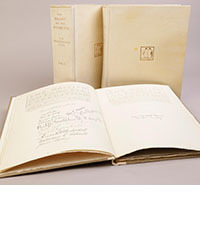
![<b>Scandinavian Art & Rare Books Auctions, Dec. 4:</b> SHACKLETON, BERNACCHI, CHERRY-GARRARD [ed.]: «The South Polar Times» I-III, 1902-1911. <b>Scandinavian Art & Rare Books Auctions, Dec. 4:</b> SHACKLETON, BERNACCHI, CHERRY-GARRARD [ed.]: «The South Polar Times» I-III, 1902-1911.](https://ae-files.s3.amazonaws.com/AdvertisementPhotos/3ee16d5b-a2ec-4c03-aeb6-aa3fcfec3a5e.jpg)

![<b>Scandinavian Art & Rare Books Auctions, Dec. 4:</b> [WILLEM BARENTSZ & HENRY HUDSON] - SAEGHMAN: «Verhael van de vier eerste schip-vaerden […]», 1663. <b>Scandinavian Art & Rare Books Auctions, Dec. 4:</b> [WILLEM BARENTSZ & HENRY HUDSON] - SAEGHMAN: «Verhael van de vier eerste schip-vaerden […]», 1663.](https://ae-files.s3.amazonaws.com/AdvertisementPhotos/d5f50485-7faa-423f-af0c-803b964dd2ba.jpg)
![<b>Scandinavian Art & Rare Books Auctions, Dec. 4:</b> TERRA NOVA EXPEDITION | LIEUTENANT HENRY ROBERTSON BOWERS: «At the South Pole.», Gelatin Silver Print. [10¾ x 15in. (27.2 x 38.1cm.) ]. <b>Scandinavian Art & Rare Books Auctions, Dec. 4:</b> TERRA NOVA EXPEDITION | LIEUTENANT HENRY ROBERTSON BOWERS: «At the South Pole.», Gelatin Silver Print. [10¾ x 15in. (27.2 x 38.1cm.) ].](https://ae-files.s3.amazonaws.com/AdvertisementPhotos/fb024365-7d7a-4510-9859-9d26b5c266cf.jpg)
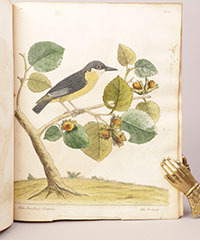
![<b>Scandinavian Art & Rare Books Auctions, Dec. 4:</b> PAUL GAIMARD: «Voyage de la Commision scientific du Nord, en Scandinavie, […]», c. 1842-46. ONLY HAND COLOURED COPY KNOWN WITH TWO ORIGINAL PAINTINGS BY BIARD. <b>Scandinavian Art & Rare Books Auctions, Dec. 4:</b> PAUL GAIMARD: «Voyage de la Commision scientific du Nord, en Scandinavie, […]», c. 1842-46. ONLY HAND COLOURED COPY KNOWN WITH TWO ORIGINAL PAINTINGS BY BIARD.](https://ae-files.s3.amazonaws.com/AdvertisementPhotos/a7c0eda0-9d8b-43ac-a504-58923308d5a4.jpg)
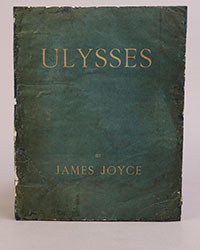

![<b>Sotheby’s, Dec. 11:</b> Darwin and Wallace. On the Tendency of Species to form Varieties..., [in:] <i>Journal of the Proceedings of the Linnean Society,</i> Vol. III, No. 9., 1858, Darwin announces the theory of natural selection. £100,000 to £150,000. <b>Sotheby’s, Dec. 11:</b> Darwin and Wallace. On the Tendency of Species to form Varieties..., [in:] <i>Journal of the Proceedings of the Linnean Society,</i> Vol. III, No. 9., 1858, Darwin announces the theory of natural selection. £100,000 to £150,000.](https://ae-files.s3.amazonaws.com/AdvertisementPhotos/00d5fd41-2542-4a80-b119-4886d4b9925f.png)

